The Evolution of Transportation and Logistics in 2025
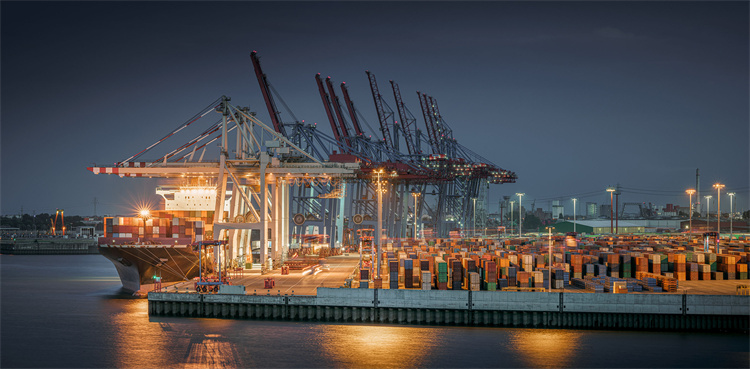
The transportation and logistics field is changing a lot in 2025. You can see this in the facts:
The US freight market will reach $1.62 trillion by 2029.
Europe’s logistics is growing fast with sea and river investments.
Adjusting to these changes is very important. Companies using green methods and new tech stay ahead. Land transportation, for example, helps meet customer needs and stay efficient.
Key Takeaways
Robots and smart tech are changing how goods are moved. Companies need to use these tools to save money and work faster.
Being eco-friendly is important. Businesses should use clean energy and green methods to follow rules and attract customers who care about the planet.
Using local suppliers makes supply chains stronger. Companies should pick nearby sources to avoid problems and deliver faster.
Technological Advancements in Transportation and Logistics
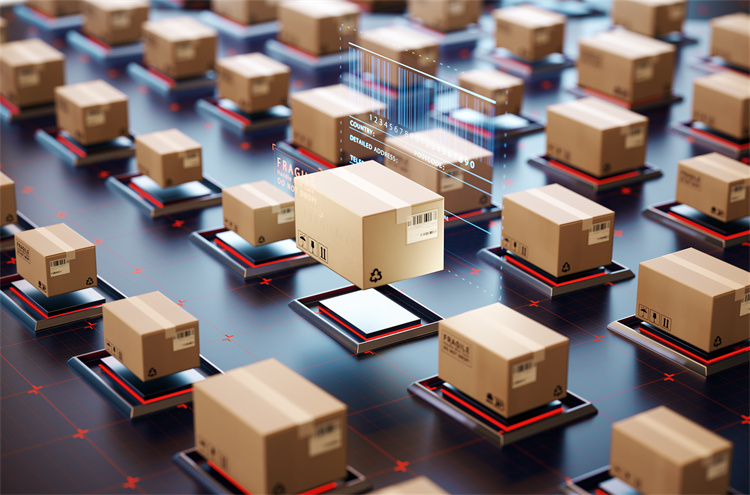
AI Changing Supply Chain Operations
AI is changing how transportation and logistics work. It handles tasks like predicting demand and managing inventory. This reduces mistakes and makes things faster. Tools using machine learning study trends to stop overstocking or running out of items. This helps supply chains adjust to new needs.
The COVID-19 pandemic sped up the use of AI tools. These tools now help businesses understand data and decide quickly. For example, 41% of companies say AI helps improve supply chains the most. By 2024, half of supply chain groups will spend on AI tools. This shows AI is becoming more important to save money and work better.
IoT Improving Tracking and Visibility
The Internet of Things (IoT) is making tracking easier in logistics. Sensors, RFID tags, and GPS trackers give updates on shipments. They show details like location, temperature, and movement. This helps fix problems fast and keep goods safe.
IoT also helps manage inventory by keeping stock levels right. Real-time tracking improves delivery routes, saving time and fuel. These changes make work smoother and keep customers happy with accurate updates.
Blockchain for Safe and Clear Logistics
Blockchain makes logistics safer and clearer. It shows where goods are at all times. Smart contracts handle rules automatically, cutting down on paperwork and costs.
One example is Walmart's Food Trust, which tracks food with blockchain. This system keeps food safe and reduces waste. The blockchain market is expected to grow a lot by 2032, showing its rising value in logistics.
Automation in Warehouses and Land Transport
Automation is changing warehouses and land transport. Robots help pack orders and manage inventory faster and more accurately. Automated systems use space better in warehouses.
Automation brings many benefits. Faster order times make customers happy. High inventory turnover shows good stock management. These tools help meet the growing needs of logistics and transportation.
Sustainability Trends Driving Decarbonization
Green Efforts Changing the Industry
Green efforts are changing transportation and logistics. Companies now use eco-friendly methods to lower pollution. Many firms invest in cutting waste and using green tech. These actions reduce emissions and make work more efficient.
The table below shows important facts about decarbonization trends:
Fact Description | Value | Source |
|---|---|---|
From 13.76 billion to 62 billion dollars (2022-2030) | Statista | |
Transportation’s share of global emissions | 17% | Boston Consulting Group |
Possible cut in logistics emissions | 20% by 2030 | Carbon Trust |
Green investments by logistics companies | 60% | World Economic Forum |
Waste reduction programs in logistics | 85% | Council of Supply Chain Management Professionals |
These numbers show how green tech and reshoring help cut emissions worldwide.
Cleaner Fuels and Electric Vehicles in Logistics
Cleaner fuels and electric vehicles (EVs) are helping reduce emissions. Companies now use biodiesel and hydrogen fuel cells. These fuels are cleaner and better for the planet.
EVs are also becoming more common. They don’t release harmful gases and use charging stations. This makes them a smart choice for logistics. High fuel costs and limited resources push companies to switch.
Advantages of cleaner fuels and EVs:
Lower harmful gas emissions.
Less use of limited resources.
Easier use with more charging stations.
Switching to these options helps the planet and makes supply chains stronger.
Rules Supporting Emissions Cuts and Green Goals
Rules are key to meeting green goals. Governments set limits on emissions and packaging waste. These rules push companies to use energy-saving vehicles and better delivery plans.
Following these rules helps companies go green and attract eco-friendly customers. It also supports global goals to cut emissions. Many firms now use tech to lower pollution and improve supply chains.
Following rules is not just needed; it leads to new ideas and success in logistics.
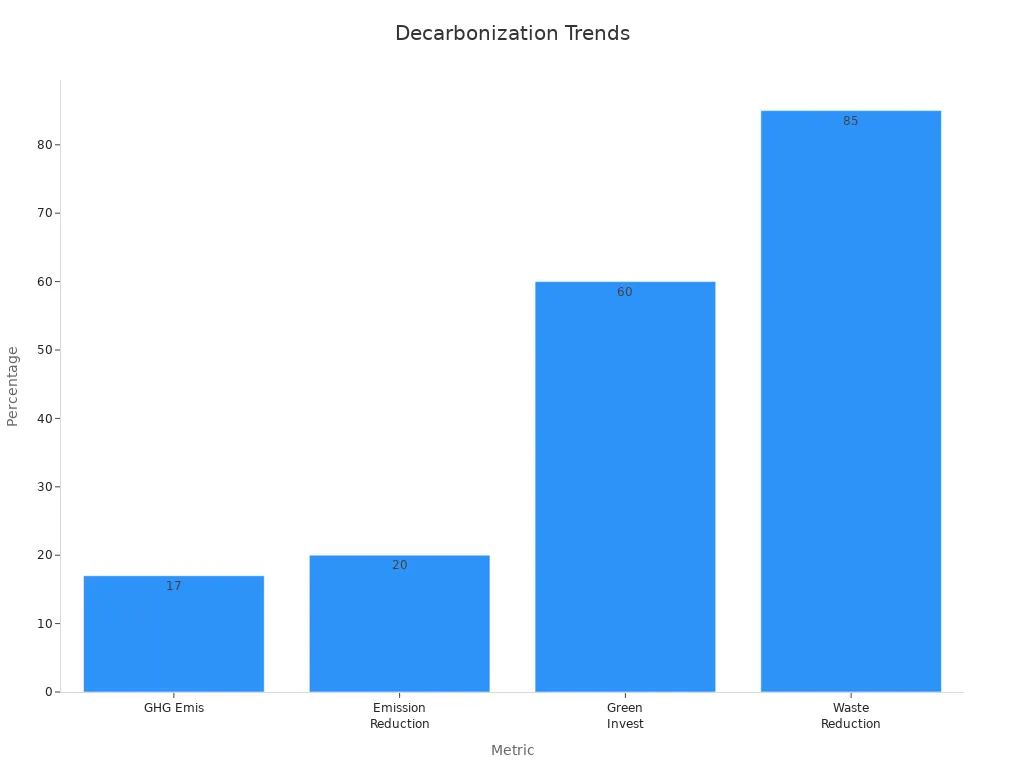
Building Stronger Supply Chains and Local Trade
Bringing Production Closer and Using Local Trade
Companies now choose nearby suppliers to avoid risks and delays. This change reduces problems from global issues like wars or disasters. Using local trade means faster deliveries, making customers happier. Being close to factories also helps check product quality better, lowering mistakes.
This shift helps more than just shipping. It creates jobs and boosts local businesses. Products made locally, like "Made in America," attract eco-friendly buyers. The pandemic showed how fragile global supply chains are. Now, businesses focus on being ready for changes and working smoothly.
Benefit | What It Means |
|---|---|
Less chance of problems from global events by using local suppliers. | |
Quicker Deliveries | Faster shipping makes customers happier and meets demand quickly. |
Better Quality Checks | Being near factories helps catch mistakes early and avoid recalls. |
Helping Local Communities | Creates jobs and supports local businesses, building trust in local products. |
Smart Plans for Supply Chain Problems
Supply chain problems are still a big issue. Companies use smart plans to handle these risks. Having more than one supplier helps avoid relying on just one. Some use a "supplier + 1" plan to have backups ready. Joining with other companies also increases supply options.
Technology is key to solving these problems. Real-time tracking shows where goods are and predicts issues. Digital twins, or virtual models, test supply chains for weak spots. These tools help companies prepare for problems and keep things running smoothly.
Use more than one supplier to avoid full dependency.
Partner with other companies to grow supply options.
Test supply chains with digital twins to find weak points.
Using Tech to Make Supply Chains Stronger
Technology has made supply chains better and stronger. Tools like AI and data predictions help avoid too much or too little stock. Predictive tools guess future needs, helping companies plan better.
Digital twins are virtual copies of supply chains. They test for problems and show where fixes are needed. Big companies like Amazon and UPS use these tools to save money and improve deliveries.
Using technology improves how supply chains work. It cuts costs, keeps customers happy, and helps businesses stay ahead in a fast-changing world.
Innovations in Last-Mile Delivery and E-Commerce
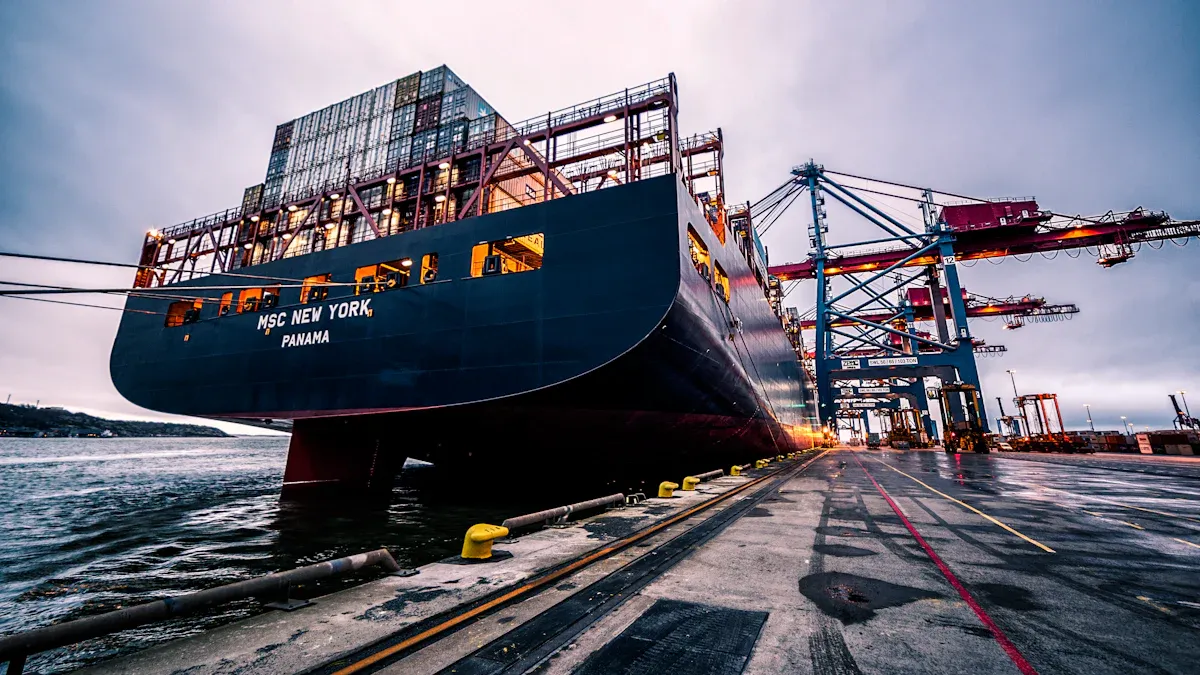
Meeting Consumer Expectations with Advanced Solutions
When you shop online, you want quick and reliable delivery. Companies now use smart methods to meet these needs. Small warehouses store popular items closer to homes, speeding up delivery times. Electric and hybrid vehicles are used more often to cut pollution and deliver on time. Some businesses are testing drones and self-driving vehicles for faster deliveries.
Tracking packages is now a common feature. Around 91% of shoppers check their order status, showing how important updates are. Tracking helps you stay informed and makes customers happier. Delivering orders on time also shows a well-run supply chain.
Tip: Look for stores that offer tracking and fast delivery before buying.
Challenges in Last-Mile Delivery Logistics
Last-mile delivery has problems that affect your experience. Shipping costs are rising because of fuel and worker expenses. This stage is the priciest part of the supply chain, making up 53% of shipping costs. Poor tracking at the local level can cause delays and missed deliveries.
Other problems include broken packages and hard-to-manage returns, which cost more and upset customers. Failed first delivery attempts mean extra trips and higher costs. Companies need to fix these issues to make deliveries better for you.
Problem | Effect |
|---|---|
Higher Delivery Costs | Businesses and shoppers pay more for shipping. |
Bad Customer Experience | Delays, damaged items, or missed deliveries upset customers. |
Hard-to-Manage Returns | Costs go up, and customers face inconvenience. |
Poor Local Tracking | Delays and extra costs happen due to bad visibility. |
The Role of E-Commerce Growth in Shaping Trends
Online shopping has changed transportation and delivery systems. More people buying online means more packages to deliver. Companies must grow their operations and use new ideas to keep up. City traffic and limited parking make last-mile delivery harder.
Shoppers now want faster and more dependable deliveries. Many expect their orders in two days, pushing businesses to improve their delivery plans. Using crowdsourced drivers and tools that predict demand helps meet these needs. These trends show how online shopping is shaping the future of deliveries.
Factor | What It Means |
|---|---|
More Deliveries | Companies need bigger operations to handle more packages. |
Faster and reliable deliveries are now expected. | |
City Traffic Problems | Traffic and parking make last-mile delivery more difficult. |
Infrastructure and Policy Changes in Transportation
Investments in Land Transportation and Logistics Infrastructure
There is a big focus on improving land transportation. Governments and companies are spending money to make systems better. For example, the Bipartisan Infrastructure Law funds projects to grow ports and networks. These changes help goods move faster and more reliably.
Technology like automation and IoT is also helping. IoT devices track shipments in real-time, making work smoother. These tools help plan better routes, avoid delays, and use space wisely. Green practices, guided by ESG rules, are shaping how money is spent. This ensures cleaner and more efficient operations.
Metric | What It Means |
|---|---|
IoT Tracking | Tracks shipments live, improving control and visibility. |
ESG Rules | Helps track eco-friendly goals and follow regulations. |
Infrastructure Spending | Funds projects to grow ports and improve transport networks. |
Evolving Regulations and Compliance Requirements
Transportation rules are changing fast, and companies must adjust. New rules focus on safety, security, and cutting pollution. Strict emission limits and fuel rules are changing how businesses operate. Global rules add challenges, as companies must follow different laws in each country.
Data privacy laws like GDPR and CCPA require strong data protection. Customs rules are key for smooth international shipping. Green laws push companies to use eco-friendly methods. These rules not only ensure safety but also inspire new ideas and better technology.
Public-Private Partnerships Driving Innovation
Public and private groups are teaming up to improve transportation. These partnerships combine government funds with private skills to solve problems. Projects include adding electric vehicles and growing port systems. They also support using automation and machine learning to save time and money.
By working together, these groups can handle big projects that are hard to do alone. These partnerships are important for keeping transportation modern and competitive in a fast-changing world.
JUSDA’s Role in Shaping the Future of Logistics
JUSDA’s Warehouse Solutions for Better Efficiency
JUSDA makes warehouses work better in logistics. They have over 2.5 million square meters of warehouse space worldwide. Services include bonded storage, distribution centers, and storing finished goods. Tools like JusLink and eVMI track inventory in real-time. This gives clear updates and helps avoid supply-demand problems.
In one case, JUSDA used smart tools to improve accuracy by 78%. This also made inventory turnover much faster. AI-powered forecasting helps predict demand and manage stock better. These tools speed up order processing and improve stock control. JUSDA’s solutions also support local freight networks, making supply chains stronger.
Metric | Value |
|---|---|
Accuracy Improvement | 78% |
Faster Inventory Turnover | Significant |
JusLink and AI in Supply Chain Management
JusLink, JUSDA’s smart platform, uses AI to improve supply chains. It gives real-time updates, cutting communication costs and helping decisions. Big data tools find and fix problems early, creating new chances for products. JusLink combines main and extra services, offering custom options for businesses.
For example, JusLink’s AI predicts market needs to avoid overstocking or shortages. This saves money and time while improving supply chain visibility. These tools make operations smoother and help businesses stay ahead in a tough market.
Performance Metric | Description |
|---|---|
Real-Time Updates | Cuts communication costs and improves supply chain decisions. |
Big Data Analysis | Fixes problems early and creates new product opportunities. |
One-Stop Solutions | Combines main and extra services for custom business needs. |
JUSDA’s Global Network for Land Transportation
JUSDA’s large global network improves land transportation. They have warehouses and service points in Asia, Europe, and the Americas. This network supports local freight systems and faster deliveries.
In one success story, JusLink helped a company improve forecasting accuracy by 78%. It also made inventory turnover much better. This shows how JUSDA adapts to supply chain needs and adds value. By focusing on land transport, JUSDA ensures quick freight movement and helps businesses grow.
Benefits of JUSDA’s land transportation:
Faster deliveries.
Better inventory control.
Stronger supply chains.
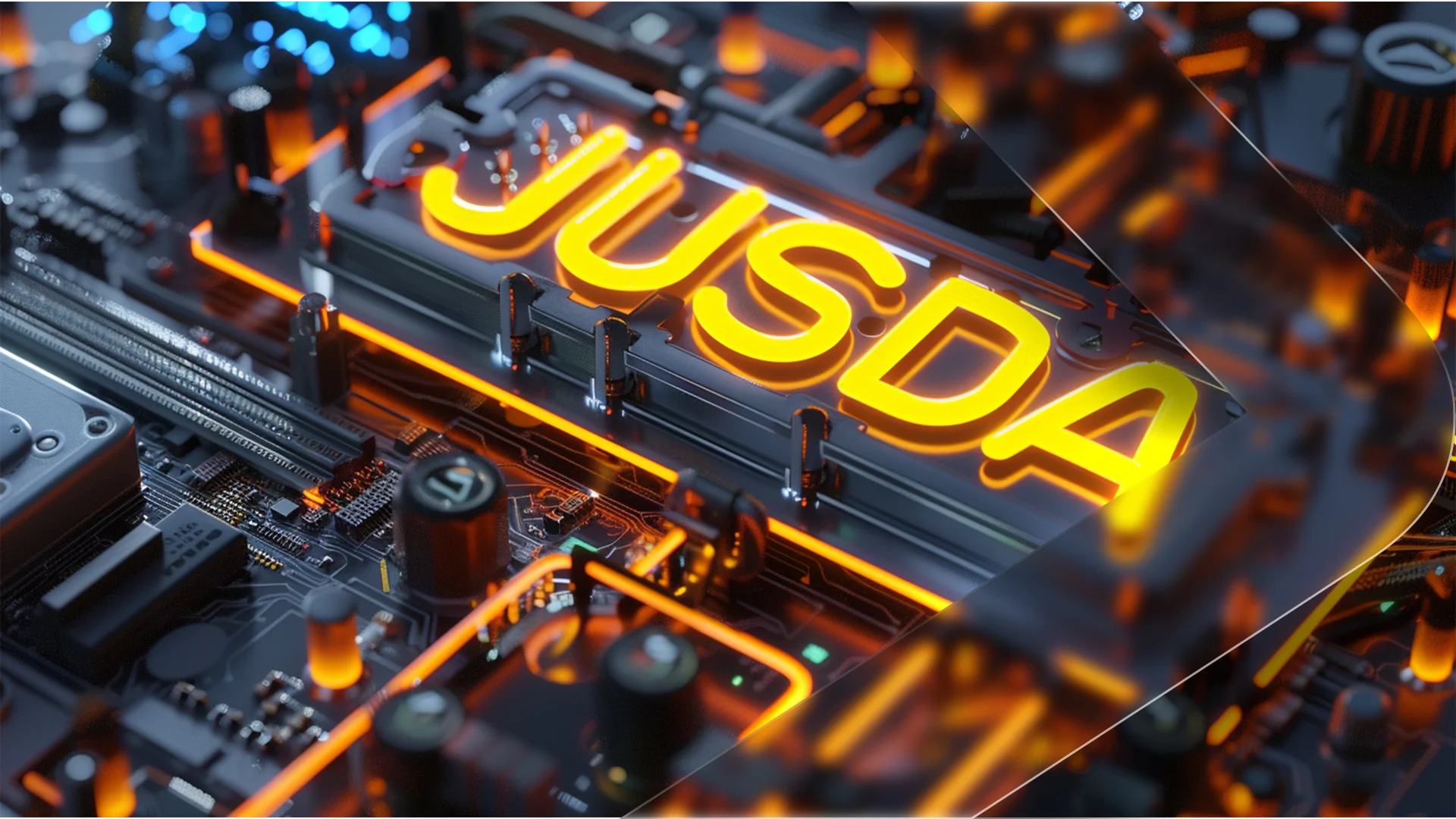
JUSDA Solutions
To provide you with professional solutions and quotations.
The transportation and logistics field in 2025 focuses on new ideas, being eco-friendly, and staying flexible. Companies using AI, robots, and blockchain are doing better than others. For example:
Technology Trend | What It Does |
|---|---|
Robots and Automation | |
Artificial Intelligence (AI) | AI lowers costs by 15% and keeps inventory 35% more accurate. |
Blockchain | Growing fast at 39.19% yearly, it makes systems safer and clearer. |
JUSDA shows how to lead with smart tools and warehouse systems. AI tools guess what customers need, making work faster and easier. Warehouse systems help fix mistakes and boost work speed. By following these trends, businesses can stay successful in this changing time.
